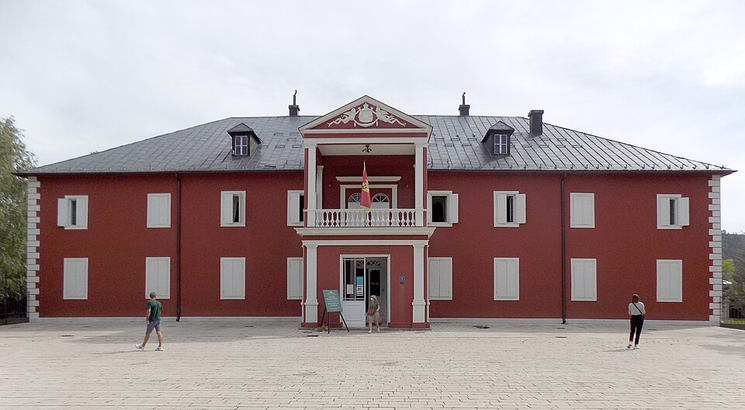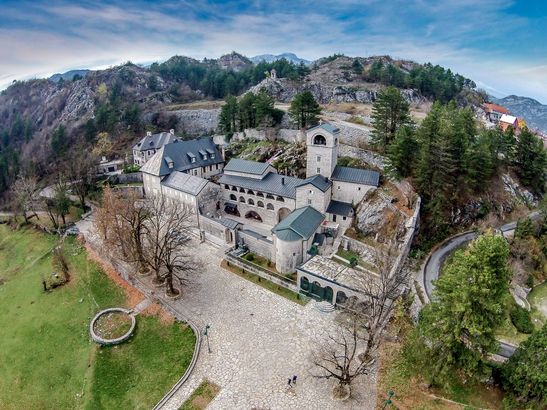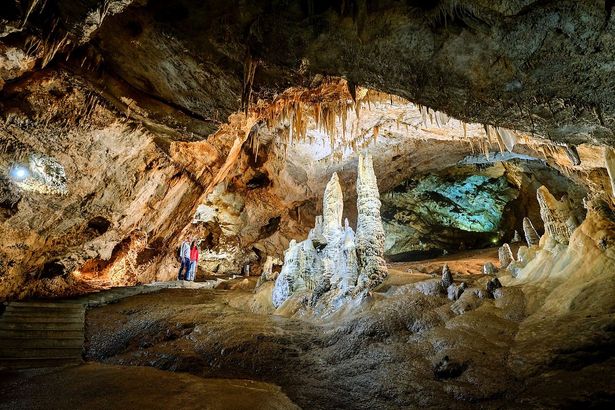Vineyard, winery, cellars, tasting rooms, restaurant, accommodation. Markovic Winery and Estate is located in Dobrsko selo, The estate offers beautiful vineyards, underground cellar, tasting rooms, restaurant with an open terrace overviewing the vineyard and an amazing valley, amphitheater, open summer kitchen, accommodation...and of course a range of quality wines, enriched with historical and spiritual details, representing our culture in a very authentic way. For visits, please make an appointment first.
The Museum of King Nikola in Cetinje is housed in the former royal palace of Montenegro's last monarch, King Nikola I Petrović-Njegoš. Located in the historic capital of Cetinje, the museum displays a rich collection of royal memorabilia, including furniture, personal items, awards, and historical documents. It provides a fascinating glimpse into the life of the king and the cultural and political history of Montenegro during the 19th and early 20th centuries.
This monastery of the Serbian Orthodox Church is located in the city of Cetinje (the former royal capital of Montenegro) and is the seat of the Montenegrin Metropolitanate. The monastery houses priceless relics, including the relics of Saint Peter of Cetinje and Saint John the Baptist, fragments of the True Cross, a list of the Icon of Our Lady of Fierum, the crown of King Stefan Uros III of Serbia, and others.
National History Museum of Montenegro is a specialised museum and the only institution of this type in Montenegro. It was founded in 1995, with a mission to collect, study, preserve, and present the extremely rich natural and cultural heritage of our country. More than 15,000 specimens of rocks, minerals, fossils, stuffed plants and animals are kept in 15 museum collections, of which 4 are geological and 11 biological collections.
Just outside the Royal Capital of Cetinje, Lipa Cave is one of the largest cave systems in Montenegro and the first to open to tourists. Its tight passageways and voluminous ‘halls’ stretch for more than 2.5km underground, from the village of Lipa into the mountains along the Adriatic coast. Lipa’s impressive karst rock formations and cathedral ceilings make it one of Montenegro’s most important natural attractions.
That's all




